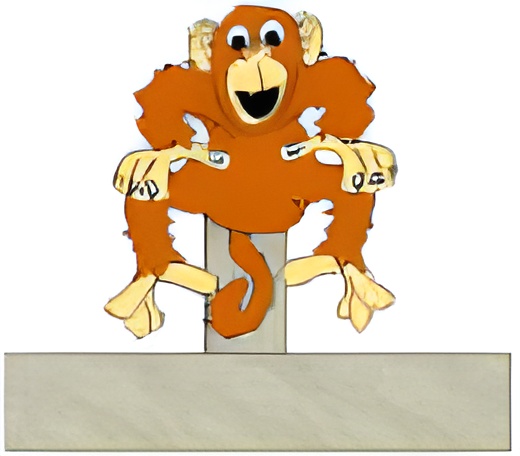
One of our student teachers came by my office this week,
looking for help with a paper she’s writing.
Her thesis is that kids will be more engaged with reading if the
protagonists in their books are of the same race. She’s right.
Unfortunately, she was trying to prove that the books are out there, if
we just look. That’s where her argument
falls apart. I spent $13,000 on books
for our book room last year, and one of my goals was to find books with
minority protagonists. It’s not as
difficult in upper elementary books, or if you are looking for African American
or Asian characters. However, if you
want easy texts or Hispanic or Middle Eastern characters, you’re almost out of
luck. In a school like mine, that’s 75%
Hispanic, that’s a problem.

There are a few bright lights on the horizon, and if it’s
out there, it’s in my book room. If you
are reading about the Civil War or the Civil Rights Movement, you can find a
number of texts about African Americans.
I love
A Picture of Freedom,
Martin’s Big Words,
Goin’
Someplace Special, and
Barefoot.
However, not all kids can relate to historical fiction or biography. We need books with contemporary settings and
real kids.
The Stories Julian Tells
is a beautifully written book at about a 3
rd grade reading level,
and it’s now a series. Another, that I
discovered last May, is
Darnell Rock, Reporting. It’s perfect for a reluctant 5
th
or 6
th grade reader. Darnell
isn’t particularly into school, until he is heavily encouraged by the principal
to join the school newspaper. It turns
out he’s quite passionate about homelessness in his community. There’s also
Amazing Grace, a picture
book about a little girl determined to play Peter Pan, even though she’s black
and a girl. I’d also recommend almost
anything by Jacqueline Woodson and Candy Dawson Boyd, but they are geared
towards upper elementary students. There
are a few publishers that specialize in guided reading books, and have some
African American characters at a first grade level. Rigby offers Matthew and Emma, a set of
twins, and the very athletic
Jordan. However, you’d probably have to buy them in
sets of six.

Of the thirty or so kids I see a day, about 90% are
Hispanic, and I frequently find myself looking for books like
Salsa Stories.
It features a Latino family gathering for the holidays, and the oldest daughter
begins collecting family stories. My
students enjoyed the Spanish words sprinkled throughout the text. Pam Munoz Ryan has two wonderful books with
Latina
protagonists,
Becoming Naomi Leon and
Esperanza Rising, about a
girl who becomes a migrant worker after her rich father is killed in
Mexico. Both are difficult reads, though. Gary Soto is a prolific Hispanic author who’s
written some wonderful books, like
Too Many Tamales and
The Skirt.
Tomas and the Library Lady and
I love
Saturdays y Domingos are excellent picture books. The latter is about a young girl who spends
Saturdays with her English speaking grandparents and Domingos with her Spanish
speaking abuelos. Unfortunately, that’s
about it, unless you want a biography of Pele or Cesar Chavez.

When kids see themselves reflected in their books, they are
more likely to read; and the more they read, the more invested they become in
school. I suspect that the lack of
minority protagonists in the canon, contributes to the documented achievement
gap between minority students and their white counterparts. Until we can create a truly multi-cultural
world view, our kids will continue to suffer the consequences.
Books with Minority Protagonists
The Watson’s Go to Birmingham
– 1963 by Christopher Paul Curtis
Martin’s Big Words: The Life of Dr. Martin Luther King
by Doreen Rappaport
 A Picture of Freedom
A Picture of Freedom by Patricia McKissack
Goin’ Someplace Special by Patricia McKissack
The Other Side by Jacqueline Woodson
Barefoot: Escape on the Underground Railroad by
Pamela Duncan Edwards
The Stories Julian Tells by Ann Cameron
The Circle of Gold by Candy Dawson Boyd
Darnell Rock Reporting by Walter Dean Myers
Amazing Grace by Mary Hoffman
The Skirt by Gary Soto
Too Many Tamales by Gary Soto
Salsa Stories by Lulu Delacre
Becoming Naomi Leon by Pam Munoz Ryan
Esperanza Rising by Pam Munoz Ryan
Tomas and the Library Lady by Pat Mora
I Love Saturdays y Domingos by Alma Flor Ada
Going Home by Eve Bunting
Pele, King of Soccer/El Rey de Futbol by Monica Brown

































